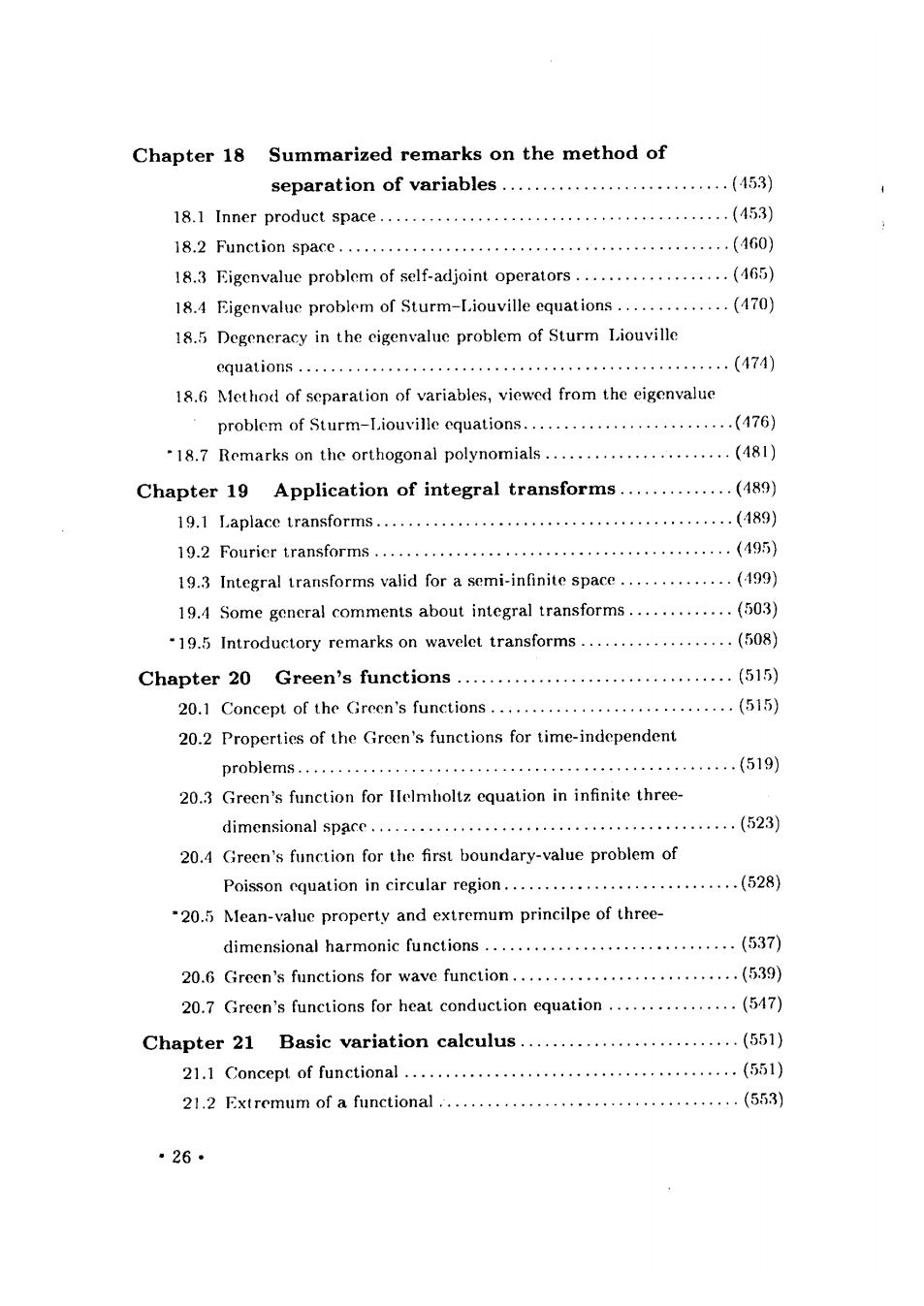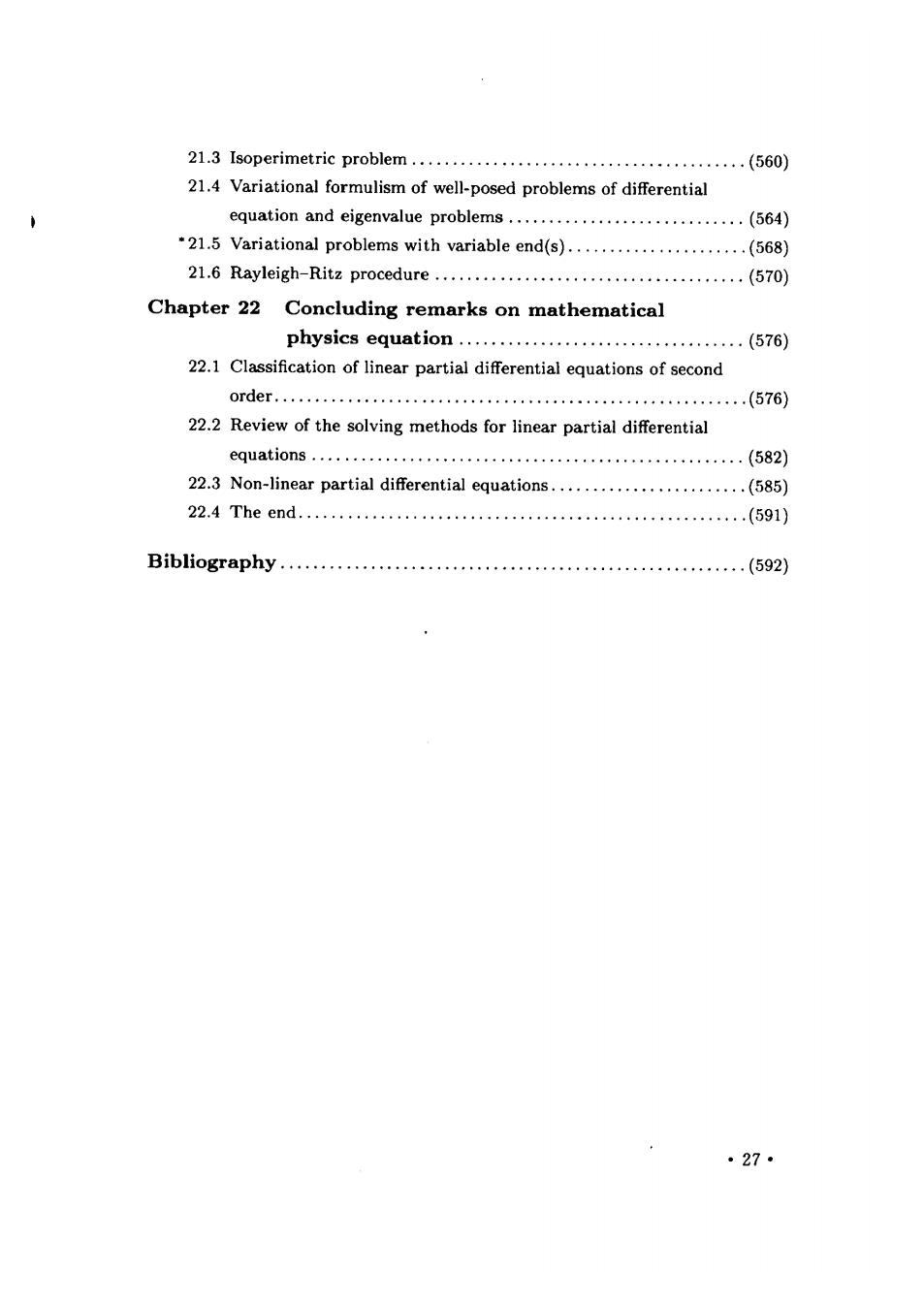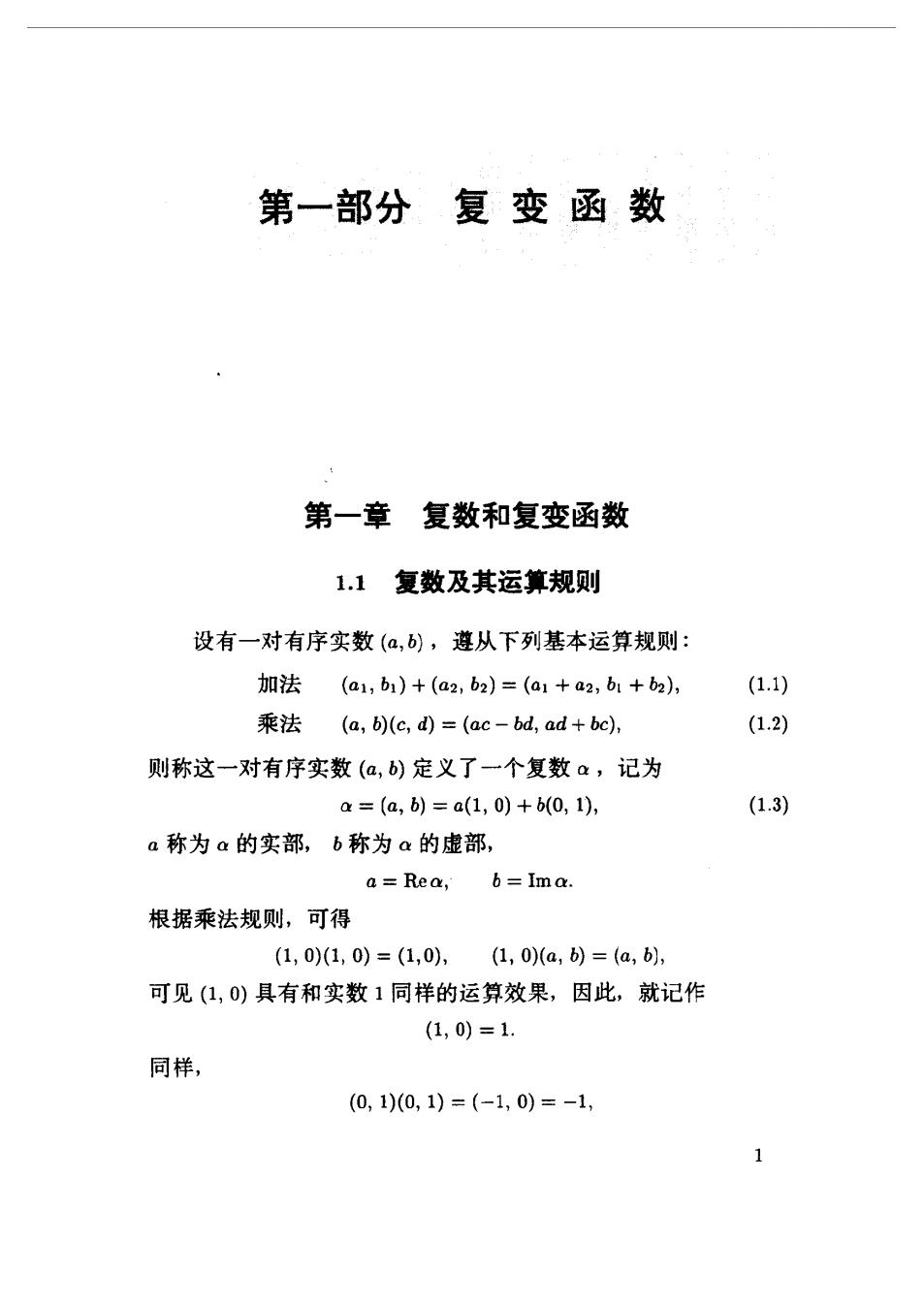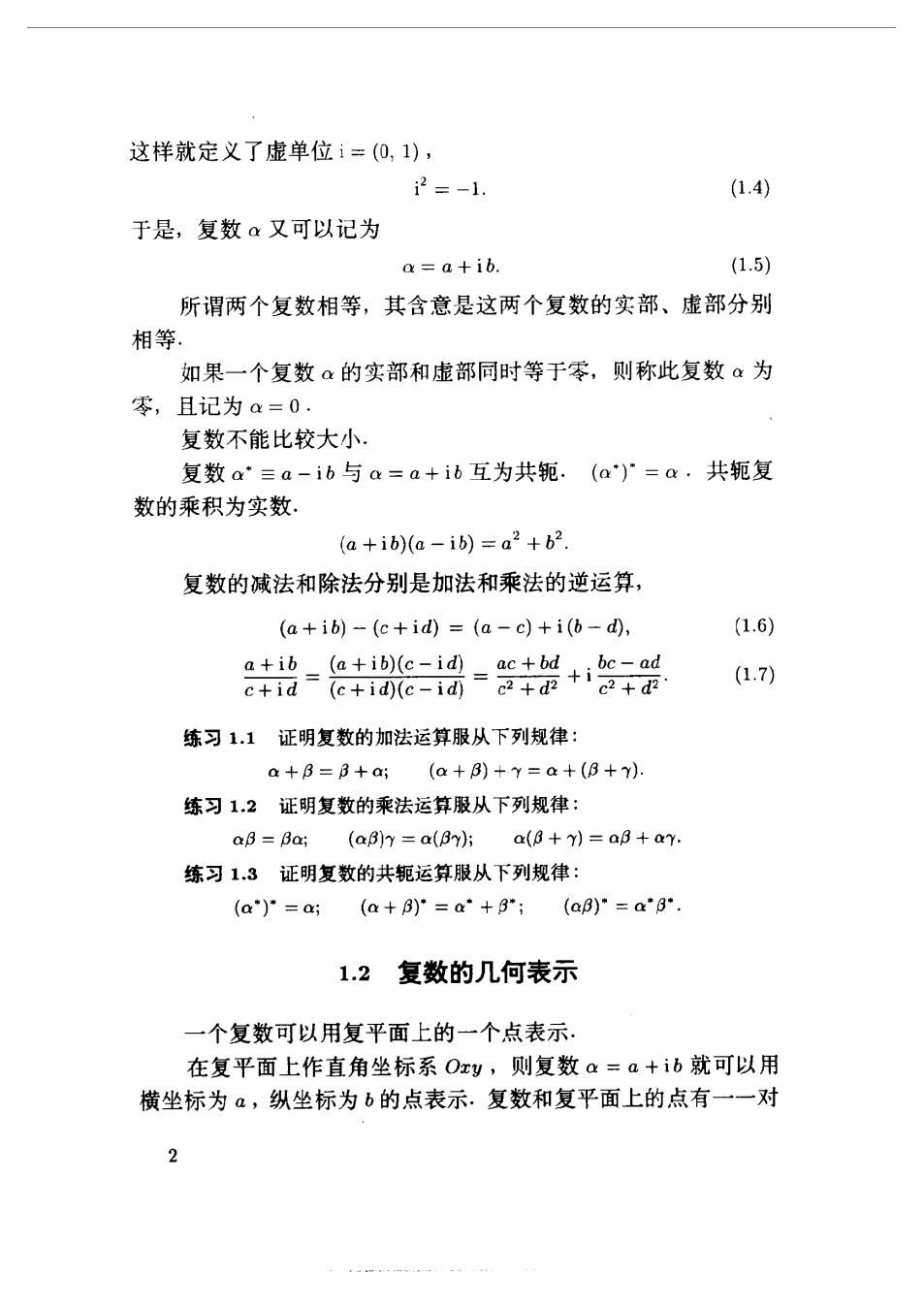
15.5 Separation of variables of Helmholtz equation in circular cylindrical coordinates. .(347】 15.6 Separation of variables of Helmholtz equation in spherical polar coordinates.(348) Chapter 16 Spherical functions.(351) 16.1 Solutions to the Legendre equation.(351) 16.2 Legendre polynomials. .(354) 16.3 Differential representation of Legendre polynomials.(359) 16.4 Orthonormal relation of Legendre polynomials.(361) 16.5 Generating function for Legendre polynomials.(367) 16.6 Recurrence formulas for Legendre polynomials. .(370) 16.7 Illustractive examples.(373) 16.8 Gravitational potential of a uniform disc and electrostatic potential of a charged disc.(382) 16.9 Associated Legendre functions.(391) 16.10 Spheriodal harmonics.(396) 16.11 Hypergeometric functions.(400) Chapter 17 Cylindrical functions.(405) 17.1 Properties of the Bessel functions.(406) 17.2 Neumann functions.(413) 17.3 Cylindrical functions. (416) 17.4 Eigenvalue problems of the Bessel equation.(417) 17.5 Integral of Bessel functions.(425) 17.6 Hankel functions. .(431) 17.7 Modified Bessel functions.(435) 17.8 Kelvin functions.(439) 17.9 Bessel functions with fractional order.(439) 17.10 Airy functions. (442) 17.11 Spherical Bessel functions.(442) 17.12 Confluent hypergeometric functions.(446) Appendix:Ordinary differential equations relevant to Bessel functions.(449) ·25·

Chapter 18 Summarized remarks on the method of separation of variables.(453) 18.1 Inner product space. .(453) 18.2 Function space.(60) 18.3 Eigenvalue problem of self-adjoint operators.(465) 18.4 Eigenvalue problem of Sturm-Liouville equations .(470) 18.5 Degeneracy in the eigenvalue problem of Sturm Liouville cquations.(404) 18.6 Method of separation of variables,viewed from the eigenvalue problem of Sturm-Liouville equations. .,.(476) "18.7 Remarks on the orthogonal polynomials.(481) Chapter 19 Application of integral transforms.(489) 19.1 Laplace transforms.(489) 19.2 Fourier transforms.(495) 19.3 Integral transforms valid for a semi-infinite space.(199) 19.4 Some gencral comments about integral transforms.(503) 19.5 Introductory remarks on wavelet transforms.(508) Chapter 20 Green's functions.(515) 20.1 Concept of the Green's functions.(515) 20.2 Properties of the Green's functions for time-independent problems. .(519 20.3 Green's function for Helmholtz equation in infinite three dimensional space .(523) 20.4 Green's function for the first boundary-value problem of Poisson cquation in circular region.(528) -20.5 Mean-value property and extremum princilpe of three- dimensional harmonic functions. .(537) 20.6 Green's functions for wave function.(539) 20.7 Green's functions for heat conduction equation.(547) Chapter 21 Basic variation calculus.(551) 21.1 Concept of functional.(551) 21.2 Extremum of a functional.(553到 26

21.3 Isoperimetric problem.(560) 21.4 Variational formulism of well-posed problems of differential equation and eigenvalue problems.(564) 21.5 Variational problems with variable end(s).(568) 21.6 Rayleigh-Ritz procedure.(570) Chapter 22 Concluding remarks on mathematical physics equation.(576) 22.1 Classification of linear partial differential equations of second 0rdr.(576) 22.2 Review of the solving methods for linear partial differential equations. .(582) 22.3 Non-linear partial differential equations.(585) 22.4 The end. (591) Bibliography. .(592) ·27

第一部分复变函数 第一章复数和复变函数 1.1复数及其运算规则 设有一对有序实数(a,b),遵从下列基本运算规则: 加法(a1,b)+(a2,b2)=(a1+a2,bi+b2), (1.1) 乘法(a,b(,d)=(ac-bd,ad+bc), (1.2) 则称这一对有序实数(a,b)定义了一个复数a,记为 a=(a,b)=a(1,0)+b(01), (1.3) a称为a的实部,b称为a的虚部, a=Rea,b=Ima 根据乘法规则,可得 (1,0)1,0)=(1,0,(1,0(a,)=(a,b, 可见(1,0)具有和实数1同样的运算效果,因此,就记作 (1,0)=1. 同样, (0,1)(0,1)=(-1,0)=-1

这样就定义了虚单位=(0,1), 2=-1. (1.4) 于是,复数α又可以记为 a=a+ib. (1.5) 所谓两个复数相等,其含意是这两个复数的实部、虚部分别 相等 如果一个复数a的实部和虚部同时等于零,则称此复数α为 零,且记为a=0. 复数不能比较大小. 复数a°=a-ib与a=a+ib互为共轭.(a')=a,共轭复 数的乘积为实数, (a+ib)(a-ib)=a2+b2. 复数的减法和除法分别是加法和乘法的逆运算, (a+ib)-(c+id)=(a-c)+i(b-d), (1.6) +9=公+8-调=+誉++器 (1.7) 练习11证明复数的加法运算服从下列规律 a+B=3+a;(a+B)+Y=a+(B+) 练习12证明复数的乘法运算服从下列规律: aB Ba;(a8)y=a(B7);a(8+7)=aB+ar 练习1.3证明复数的共轭运算服从下列规律: (a)”=a(a+8)°=a°+B”;(a8)°=a3° 1.2复数的几何表示 一个复数可以用复平面上的一个点表示: 在复平面上作直角坐标系Oxy,则复数a=a+ib就可以用 横坐标为a,纵坐标为b的点表示.复数和复平面上的点有一一对 2